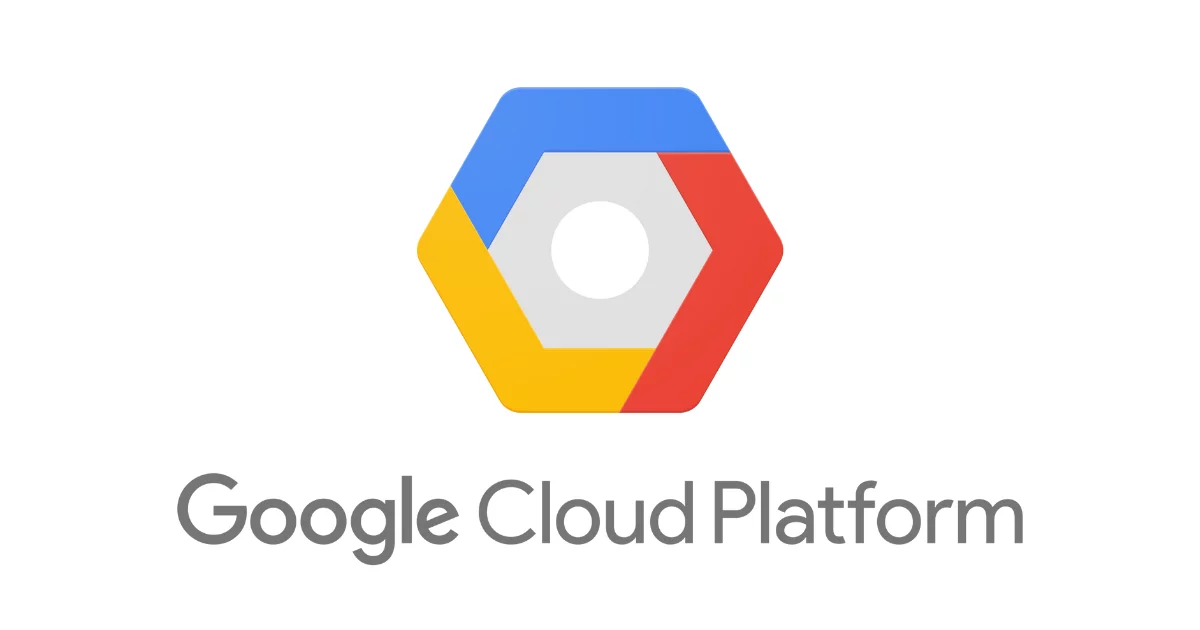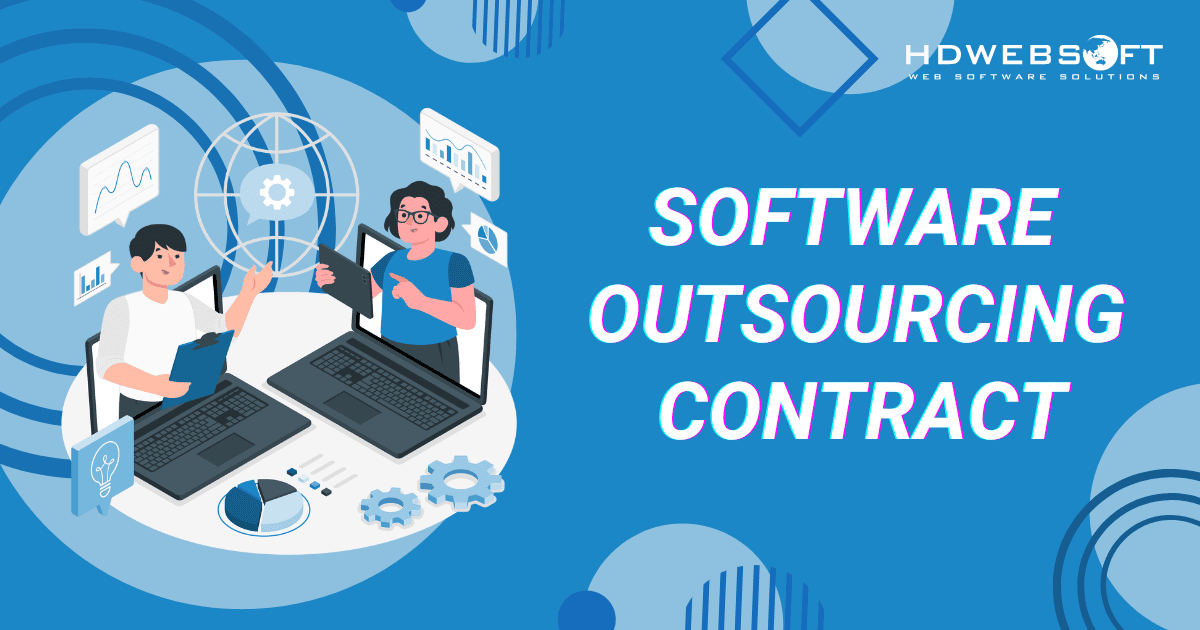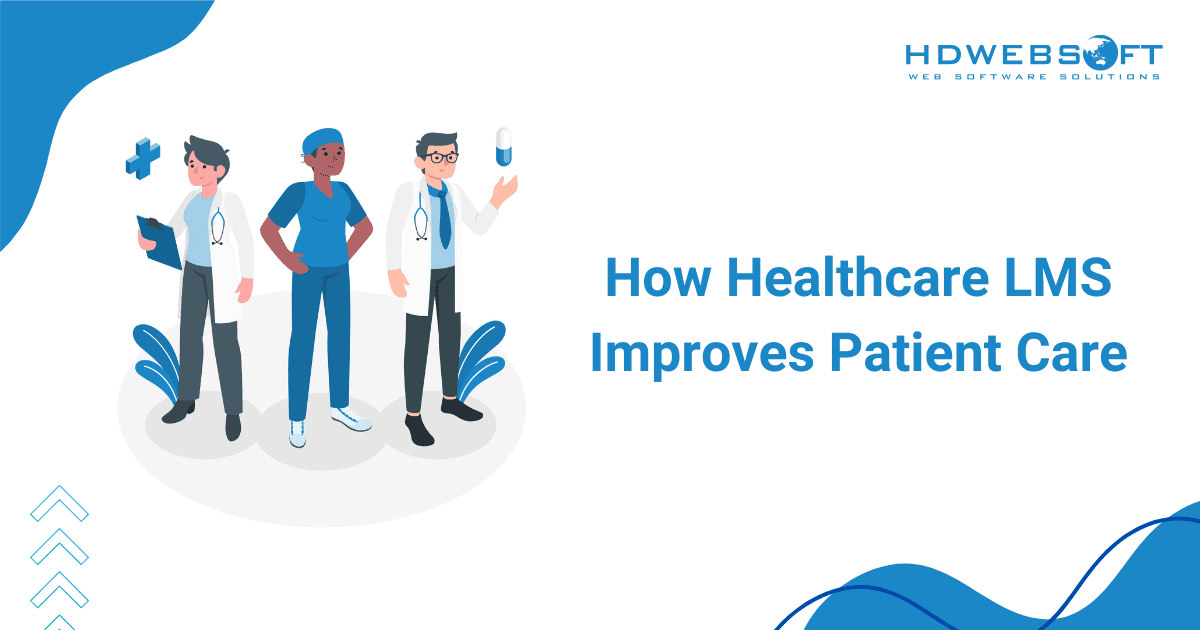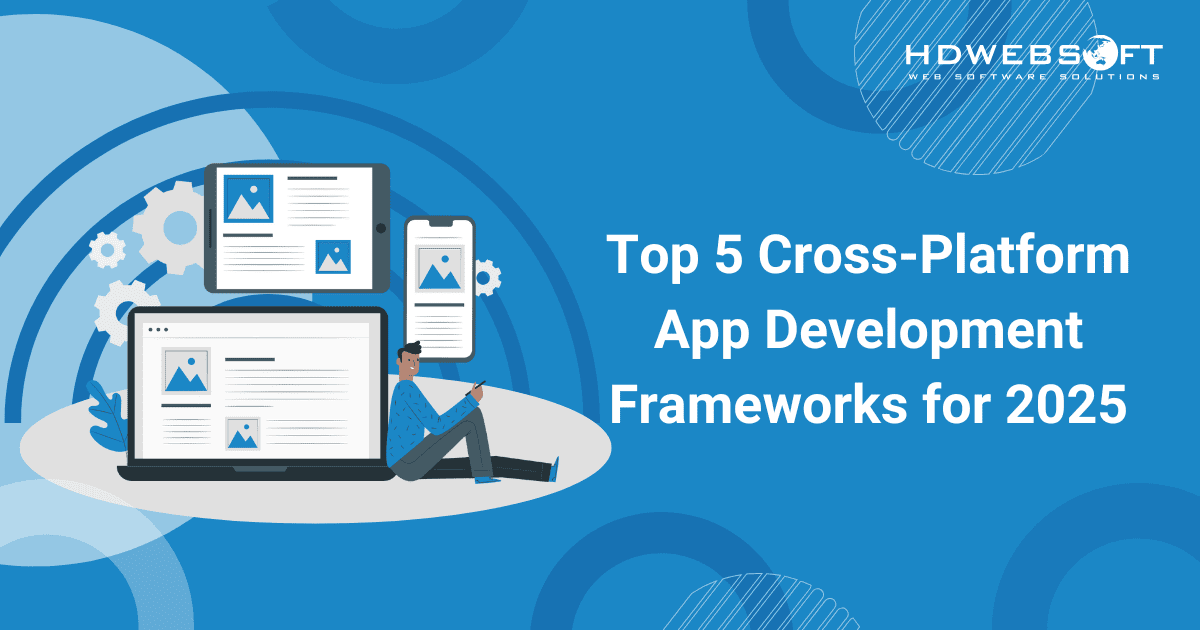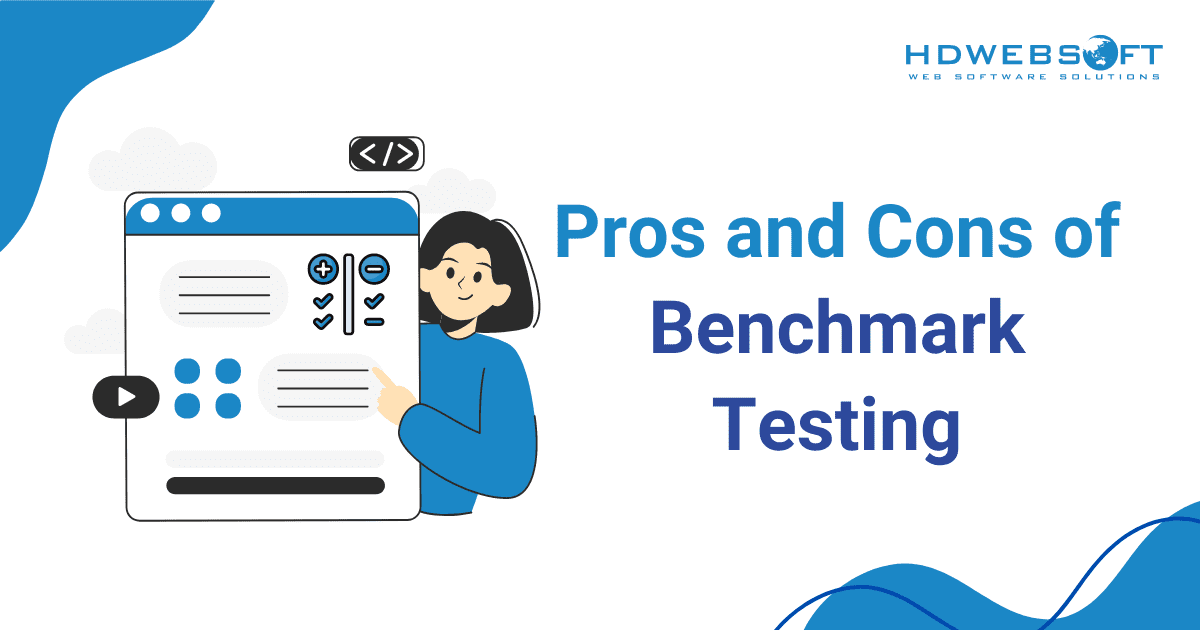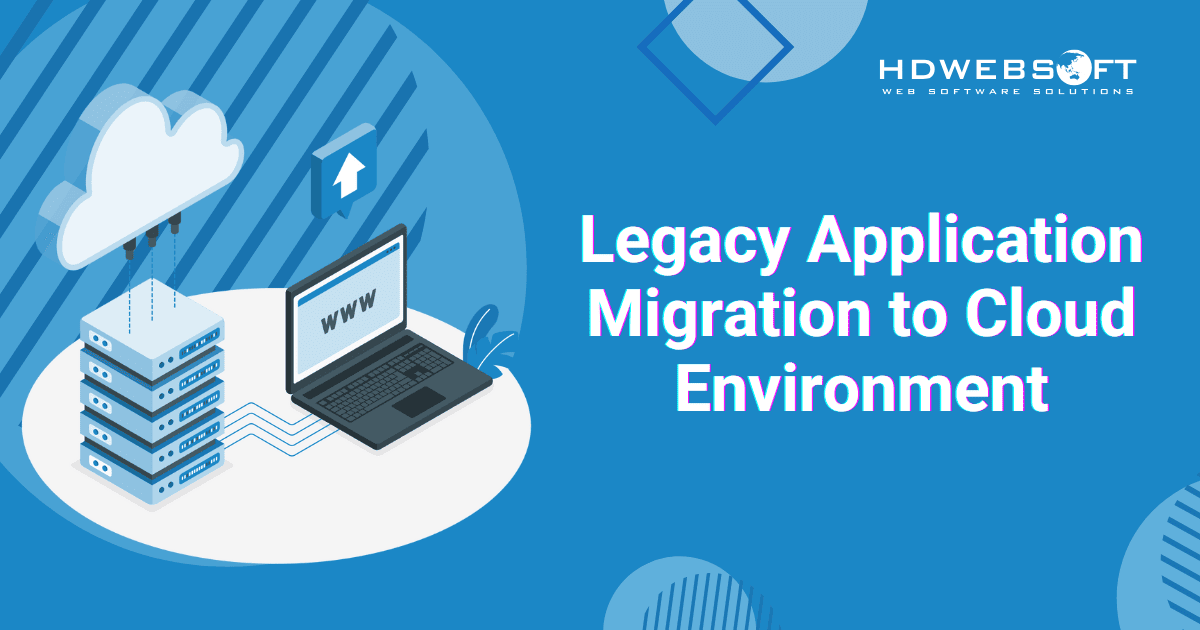
Legacy Application Migration to Cloud Environment: Why and How?
Legacy application migration has become a critical move for businesses striving to stay competitive in today’s fast-paced digital world. As companies aim to boost efficiency and innovation, many are held back by outdated systems built for a bygone era. These legacy applications, while still functional, often slow down progress, inflate operational costs, and block access to modern technologies. Moving them to the cloud has proven to be a game-changing solution for countless organizations.
But what’s fueling this shift, and how can businesses approach it with confidence? In this blog post, we’ll explore the reasons behind and break down the strategies that lead to successful transformation.
Why Legacy App Migration to Cloud Environment?
The decision to embark on legacy application migration is often driven by a multitude of compelling reasons.
Outgrowing Legacy Infrastructure
For many organizations, the limitations of their existing infrastructure become increasingly apparent as their business needs evolve. Legacy applications typically reside on aging hardware, requiring significant capital expenditure for maintenance and upgrades. This infrastructure often lacks the scalability and flexibility demanded by today’s dynamic markets.
Scalability and Cost Efficiency in the Cloud
Cloud environments offer virtually limitless scalability, allowing businesses to adjust their resources based on fluctuating demands easily. This elasticity translates directly into cost savings, as organizations only pay for the resources they actually consume.
Performance, Reliability, and Security
Beyond cost and scalability, migrating to the cloud can significantly improve performance and reliability. Cloud providers invest heavily in state-of-the-art infrastructure with robust redundancy and disaster recovery mechanisms. Hence, legacy application migration to cloud environments ensures many benefits regarding the discussed aspects. They include higher uptime, faster processing speeds, and improved overall application performance compared to often fragile on-premises systems.
Furthermore, cloud platforms offer advanced security features and compliance certifications. They often exceed what individual organizations can achieve on their own.
Enabling Innovation and Future Growth
Clinging to legacy applications can stifle innovation. These systems are often difficult to integrate with modern technologies like AI, machine learning, and advanced analytics. Consequently, they hinder a company’s ability to gain valuable insights from its data and develop new, innovative products and services.
Thus, legacy app migration unlocks the potential for modernization, allowing businesses to leverage cutting-edge cloud-native services and architectures. This not only improves existing applications but also paves the way for future growth and competitive advantage.
What Are Your Legacy Application Migration Options?
When considering legacy application migration, organizations have several distinct strategies to choose from. Each of them has its own set of trade-offs in terms of complexity, cost, and potential benefits. Understanding these options is crucial for selecting the approach that best aligns with specific business needs and technical capabilities.
Re-hosting (Lift and Shift)
One of the most straightforward methods available, this approach involves moving applications and their associated data to the cloud infrastructure. It does so without making significant changes to the application’s architecture or code. Essentially, you are taking your existing application “as is” and deploying it on virtual machines in the cloud. This option is typically chosen for applications where minimal disruption is desired or when time is a critical factor.
Re-hosting offers a quick legacy application migration path to the cloud and can provide immediate benefits in scalability and reliability. However, it may not fully leverage the capabilities of the cloud environment. As a result, organizations might miss out on opportunities for cost optimization and performance enhancements.
Re-platforming (Lift, Tinker, and Shift)
This method introduces selective enhancements to help applications better utilize cloud-native features, all while preserving the core structure. This might involve migrating databases to a cloud-managed database service or leveraging cloud-based load balancers.
For starters, re-platforming strikes a balance between the speed of re-hosting and the benefits of cloud optimization. It allows organizations to improve application performance, scalability, and resilience. Meanwhile, it’s still minimizing the effort and risk associated with a complete re-architecture. Therefore, the approach is often suitable for applications where some level of modernization is desired without a complete overhaul.
Re-architecting (Complete Overhaul)
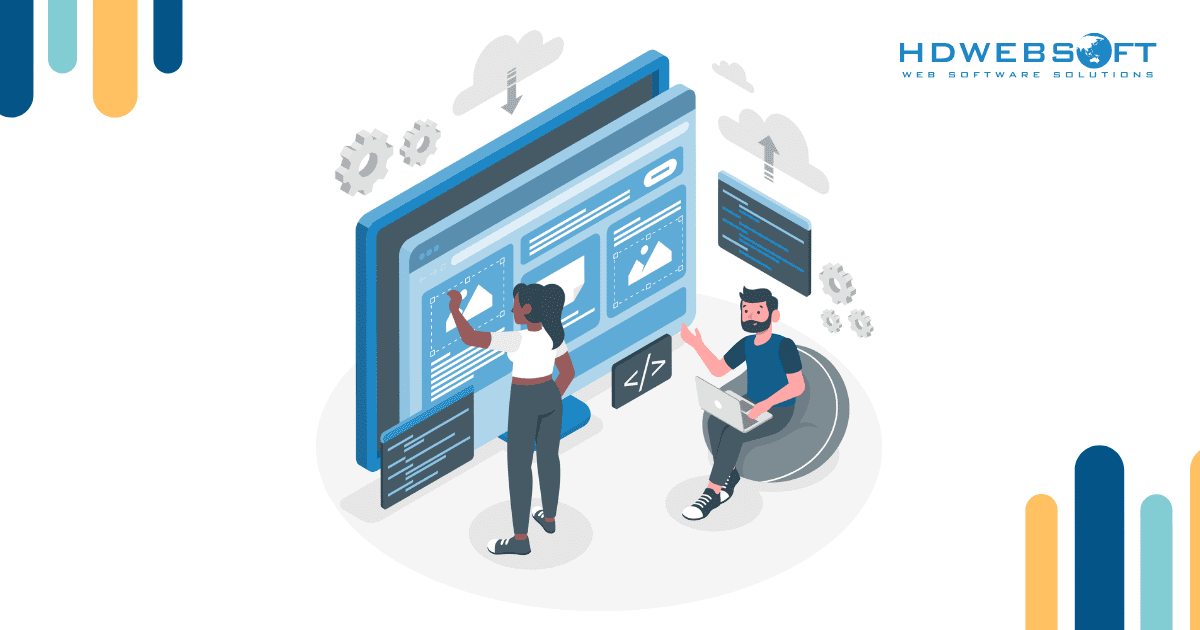
Taking a full redesign route, re-architecting, or re-factoring focuses on rebuilding applications using modern cloud-native technologies and practices. This legacy application migration option involves completely redesigning and rebuilding the application using cloud-native architectures and services. This could involve breaking down monolithic applications into microservices, leveraging serverless computing, and adopting DevOps practices.
Complete overhaul requires the most significant investment in terms of time, resources, and effort. Though, it offers the greatest potential for cost optimization, performance improvement, scalability, and innovation. For this reason, it’s typically chosen for critical applications where maximizing the benefits of the cloud is a top priority. In such cases, the long-term strategic value outweighs the initial investment.
HDWEBSOFT’s Path to Seamless Cloud Application Migration
At HDWEBSOFT, we understand that legacy app migration is a critical undertaking that requires careful planning and execution. Our approach is designed to ensure a smooth transition to the cloud, minimizing disruption and maximizing your benefits. We achieve this through a structured methodology that focuses on several key aspects:
Creating a Robust Business Case
The first step in a successful legacy application migration journey with HDWEBSOFT is the development of a compelling business case. We work closely with your stakeholders to understand your specific business objectives, challenges, and desired outcomes. This involves thoroughly assessing your existing outdated applications and identifying their limitations and potential benefits.
In the meantime, we analyze factors such as infrastructure costs, performance bottlenecks, security risks, and the impact on business agility. Based on this analysis, we develop a detailed business case. This document clearly outlines the rationale for migration and the expected ROI. Additionally, it defines the KPIs that will be used to measure success.
In essence, all stakeholders are aligned on the goals and benefits of the legacy app migration project.
Bringing Minimum Disruption to Business Processes
We recognize that migrating critical legacy applications, or the change in technologies, can potentially disrupt day-to-day business operations. Therefore, minimizing downtime and ensuring business continuity is a paramount concern for HDWEBSOFT. Our legacy application migration strategies are carefully designed to mitigate risks and ensure a smooth transition. This often involves a phased migration approach, where applications are moved to the cloud in a controlled and incremental manner.
Our developers conduct thorough testing at each stage to identify and resolve any issues before they impact production environments. Furthermore, we develop robust rollback plans to ensure we can quickly revert to the original state if unforeseen problems arise. Then, the team works closely with your IT staff and end-users throughout the migration process. During this time, they provide comprehensive training and support to ensure a seamless transition with minimal impact on business processes.
Implementing a Secure and Compliant Cloud Environment
Security and compliance are non-negotiable aspects of legacy application migration. HDWEBSOFT places the highest priority on ensuring that your applications and data are secure in the cloud environment. And, of course, they must comply with all relevant industry regulations.
HDWEBSOFT’s teams have extensive expertise in implementing robust security measures within leading cloud platforms. This includes configuring firewalls, intrusion detection and prevention systems, access controls, and data encryption both in transit and at rest. We also ensure that your cloud environment adheres to relevant compliance standards such as GDPR, HIPAA, and SOC 2. Our security-first approach provides you with the peace of mind that your critical legacy applications are protected in the cloud.
Deciding on a Public Cloud Provider: What to Consider
Choosing the right public cloud provider is a critical decision for migrating legacy apps. Several leading providers offer a wide range of services and capabilities, but they also have their unique strengths and weaknesses. Here are some key factors to consider when choosing one for your legacy application migration:
Amazon Web Services (AWS)
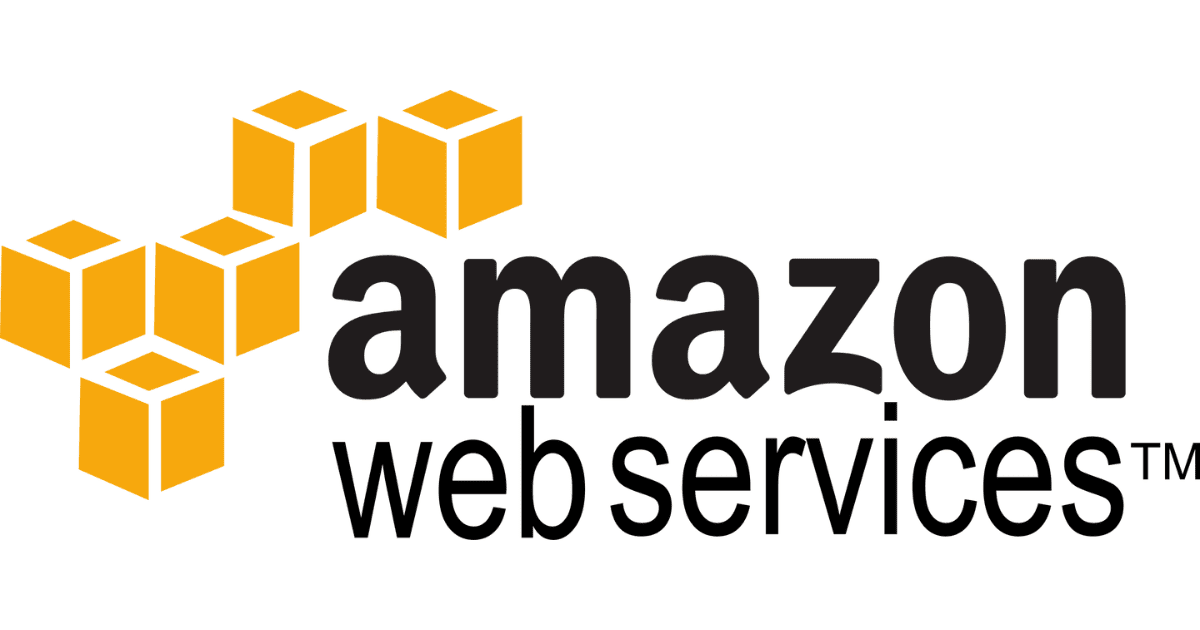
Advantages:
- Mature and Comprehensive Ecosystem: AWS offers the broadest range of cloud services. It has a long track record of reliability and innovation.
- Large and Active Community: A vast community of developers and users provides extensive documentation, support, and third-party integrations.
- Highly Scalable and Flexible: AWS provides virtually unlimited scalability and various instance types to match different application needs.
Disadvantages:
- Can Be Complex: The sheer number of services can be overwhelming for organizations new to the cloud.
- Pricing Can Be Intricate: Understanding and optimizing AWS costs can require specialized expertise.
Microsoft Azure
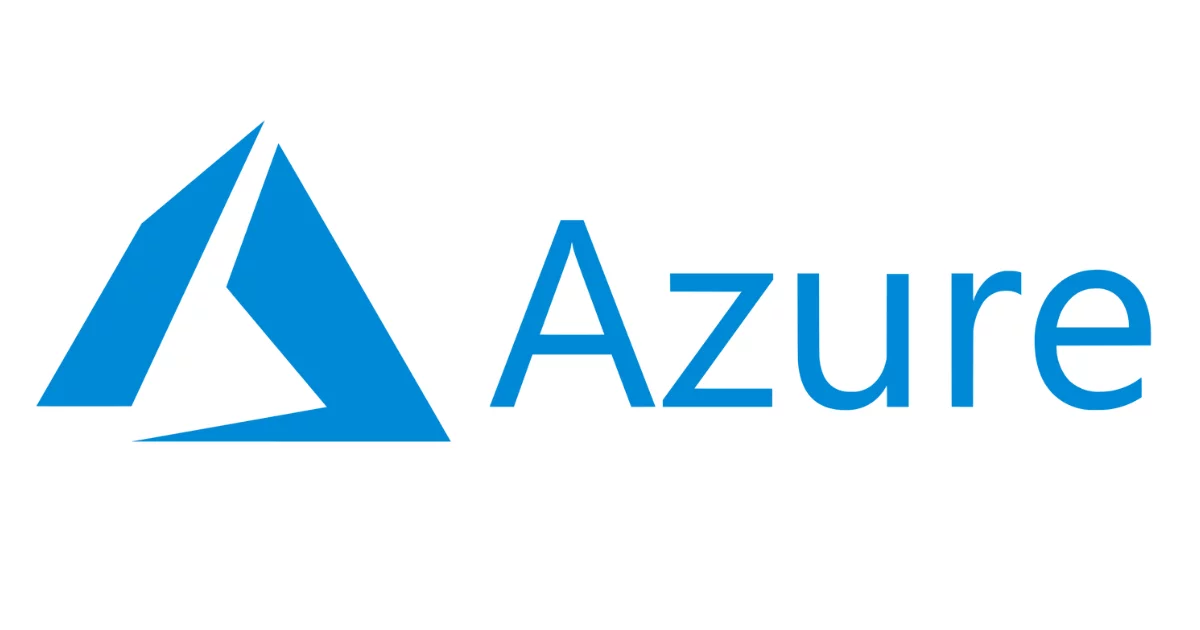
Pros:
- Smooth Integration with Microsoft Products: Azure offers excellent integration with existing Microsoft technologies. As such, this can be a significant advantage for organizations heavily invested in the Microsoft ecosystem.
- Hybrid Cloud Capabilities: Azure provides strong hybrid cloud solutions. For this reason, it allows organizations to integrate their on-premises infrastructure with the cloud seamlessly.
- Strong Enterprise Focus: Azure is well-suited for enterprise workloads. This is because it offers robust compliance and security features suitable for legacy application migration projects.
Cons:
- Can Be Expensive for Certain Workloads: Depending on the specific services and usage patterns, Azure can be more expensive than other providers.
- Some Services Less Mature Than AWS: While Azure is rapidly evolving, some of its services may not have the same maturity level as comparable AWS offerings.
Google Cloud Platform (GCP)
Upsides:
- Strong in Data Analytics and Machine Learning: GCP is a leader in data analytics, machine learning, and artificial intelligence. Resultantly, it’s an attractive option for data-intensive applications.
- Innovative Technologies: GCP is known for its cutting-edge technologies like Kubernetes and serverless computing.
- Competitive Pricing: GCP often offers more competitive pricing for certain types of workloads.
Downsides:
- Younger Ecosystem Compared to AWS and Azure: Even though it’s rapidly growing, GCP’s ecosystem is still less mature than AWS and Azure. Specifically, it lags in terms of the breadth of services and third-party integrations.
- Fewer Service Offerings in Some Areas: GCP may have fewer specialized service offerings compared to its larger competitors.
Therefore, when selecting a cloud provider for legacy application migration, it’s crucial to carefully evaluate your specific application requirements, technical expertise, budget constraints, and long-term strategic goals.
Conclusion
While the process can seem daunting, legacy application migration to the cloud offers various benefits in the modern digital era. By following this guide, you can unlock the full potential of your applications in the cloud environment.
Navigating the complexities of outdated application migration requires expertise, experience, and a strategic approach. HDWEBSOFT is committed to being your reliable partner in this journey, empowering you to modernize your IT infrastructure and achieve your business objectives. Contact us today to learn how HDWEBSOFT can help you unlock the power of the cloud for your legacy applications.





